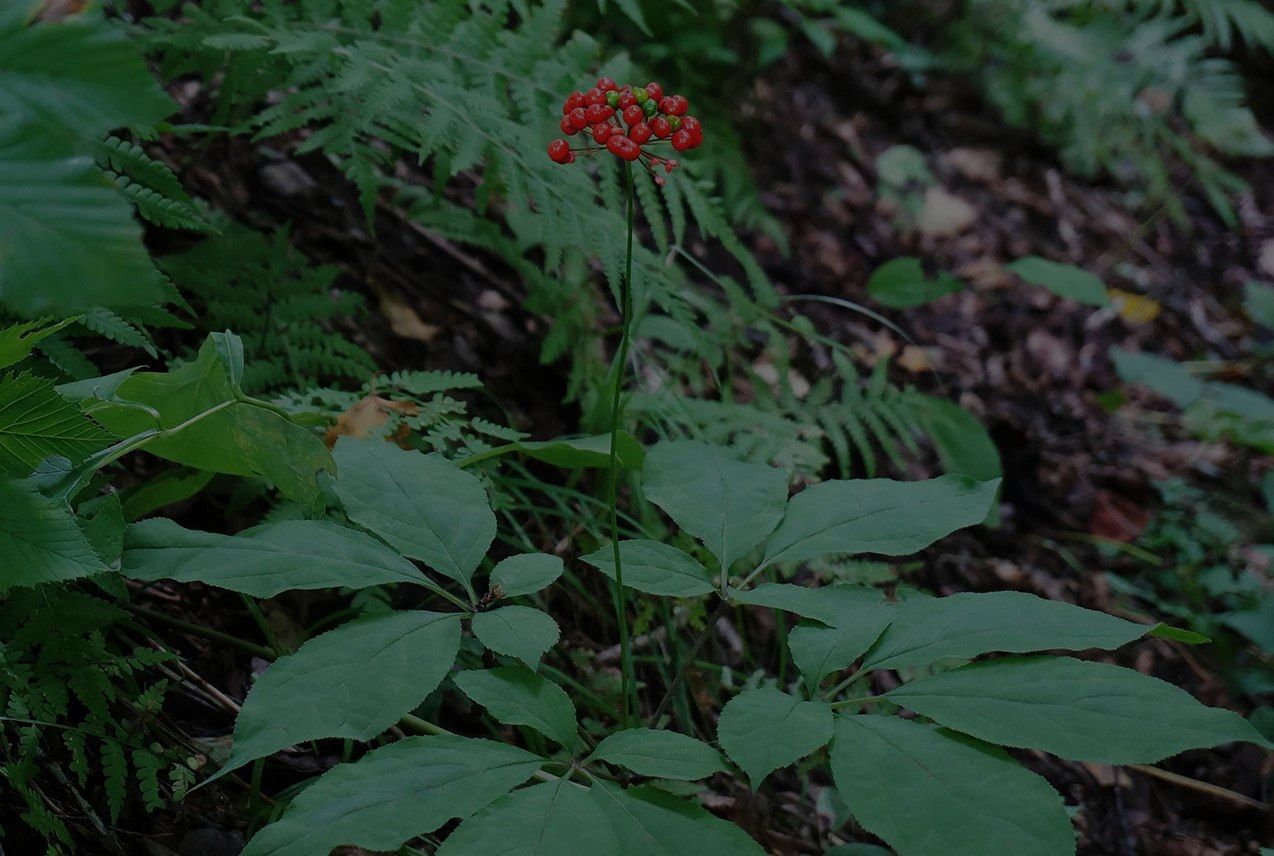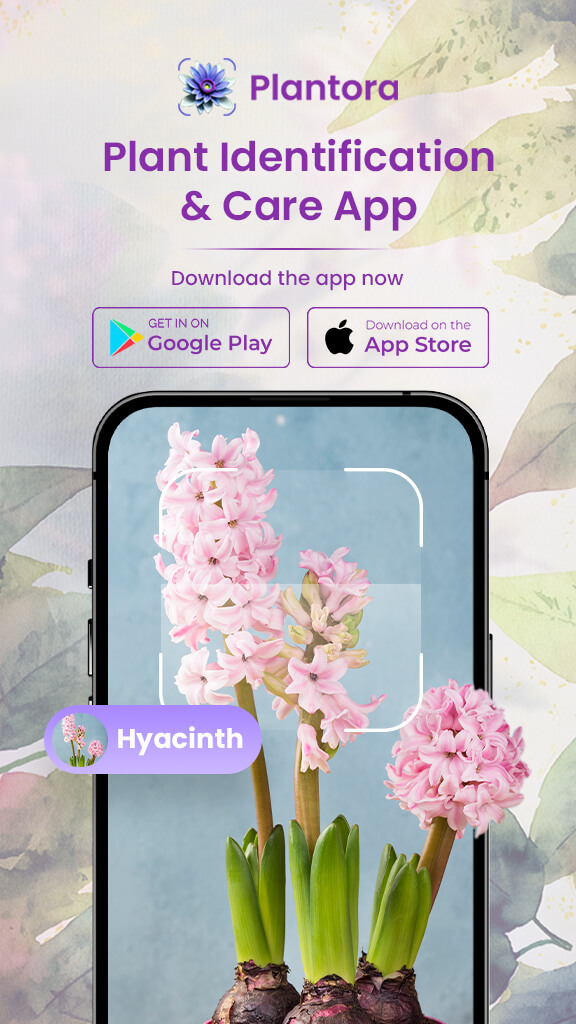
The ginseng plant, also known as, Panax ginseng, is a highly valued perennial plant that is native to North America and Asia. It is widely famous for its medicinal uses for various ailments and treatments.
This plant is said to boost energy, reduce stress, and improve overall health. The ginseng plants are mainly cultivated for their roots. In this article, we will explore everything about this plant and cover a complete plant care guide, especially for the American Ginseng plant.
What is Ginseng Plant?

Ginseng is a perennial and herbaceous root of plants. This plant is widely used as a traditional medicine because of its numerous health benefits. It produces vibrant red berries upon maturing but they are mainly cultivated for their roots. This plant is available widely as a commercial plant and is available across 35 countries in different forms such as fresh, white, and red color.
It is used as a herbal plant for centuries specifically in China, Korea, and Japan. The roots of this plant are said to provide many benefits such as increased energy and focus, lowered blood sugar levels, prevention of flu, and much more.
3 Common Plant Species
- Panax ginseng: Also known as Korean or Chinese ginseng, this plant is found mainly in the mountainous regions of Asian Countries.
- Panax japonicus: Also known as Japanese ginseng, this plant is mainly grown in China and Japan.
- Panax quinquefolius: Also known as the American ginseng plant, this plant is grown all across North-Eastern America.
Tips to grow Ginseng Plants

It thrives in the wild so stimulate some wild conditions in your outdoor gardens for better growth. Other than that follow some of the tips given below to grow ginseng plants-
- Check Legality: In many parts of the world specifically in America the cultivation of this plant is illegal because its harvesting practice of digging up the plant from the roots has caused a decline in the population of wild ginseng. So check if the cultivation of these plants is legal in your area before planting.
- Select Seeds: For beginners, it is suggested to purchase stratified seeds as they germinate faster than un-stratified seeds. Stratified seeds have already shredded their tough outer layer but are slightly more expensive than others.
- Soil & Light Conditions: This plant grows healthy in well-draining soil that is slightly acidic with a pH level between 6.0 & 6.5. You can grow these plants in an 8-inch pot or in any area without any debris or rocks, under partial shade.
- Sowing: Plant your ginseng seeds at least one inch deep and add a space of 14 to 20 inches between seeds to increase air circulation and prevent any plant diseases.
Guide to Ginseng Plant Care
- Watering: The ginseng plants prefers a cool and humid environment. Water the soil regularly and extra in dry conditions. Avoid over-watering.
- Sunlight: Partial Shade is ideal for growing this plant as direct sunlight can damage this cold-loving plant.
- Pruning: Remove any overgrown branches of nearby plants around your plant to avoid overcrowding and increase air circulation.
- Check for disease or pest infections: These plants can be prone to many diseases and they can also attract many wild animals. Symptoms, like wilted or damaged leaves, could be a sign of disease or animal attack. Check for any bite marks on the roots of the plant. Set up traps or barriers for animals such as rodents. Use organic fungicides to prevent common plant diseases like leaf blight.
- Beware of poaching: Since these plants are considered endangered and are cultivated in only some legal areas it is subjected to poaching and theft. A good solution that some cultivators use is to remove any areal part of the plant to keep it hidden.
Harvesting the Plant

Harvesting of the plant may begin at the end of the third growing season. However, the ginsenoside content is higher in the fourth and fifth years so it is better to wait until that. To harvest the plant follow the below-given steps-
- Loosen the soil: To pull up the plant from the ground, loosen the soil around it. You can use the ripened berries to grow more ginseng by planting them again from where they were removed.
- Wash the plant: Gently clean the plant with cool water to remove any excess dirt.
- Leave it to dry: Completely dry out your plant in a warm environment with indirect sunlight until the roots turn white from the inside. It might take up to 2 weeks.
American Ginseng Plant

Panax quinquefolius is a species of ginseng plant that is grown mainly in North-East America. It is an endangered plant because of its low population and high demand.
The importance of the American ginseng plant as a medicinal herb has caused a decline in its population and the wild collection of the plant.
The roots of the American Ginseng plant resemble a beastly parsnip. Mature plants consist of an erect stem, at the center of the bunch of leaves, with a dense cluster of 6 to 20 greenish-white flowers. It also has bright-red cherries as a fruit.
Key Growing Tips for American Ginseng Plant
- Sowing: Sow the seeds at least 1 inch deep and 3 to 4 inches apart. Mulch the newly sown seeds with leaves or straws.
- Light Conditions: The America Ginseng plant grows best in partial sunlight with at least 70% shade.
- Watering: Water the plants regularly but avoid over-saturating the soil.
- Soil Type: The American ginseng plant prefers well-draining loamy soil with a pH range between 5 to 6.
- Harvesting: Harvesting of all ginseng plants is done the same way as mentioned above.
Side effects and Precautions
The side effects of the American Ginseng Plant include headaches if taken in a high dose but they are tolerable.
The use of the American Ginseng plant should be avoided during pregnancies, and hormone-sensitive ailments such as breast cancer, urine cancer, and ovarian cancer, the usage of the American Ginseng plant causes trouble in sleeping so it is better to avoid if you have insomnia. American ginseng plant can also affect blood sugar levels so it is recommended to avoid its usage at least 2 weeks before any scheduled surgery.
Conclusion
The American ginseng plant is a famous medicinal herb that has been recognized for its uses for centuries. But today this species is labeled as endangered because of the overuse of its wild population specially in America which led to the illegalization of the plant in many parts.
However legal cultivation and commercialization of this cash crop is beneficial to many people. The American Ginseng Plant has a rich history and a bright future as a medicinal herb.
Raghav is a talented content writer with a passion to create informative and interesting articles. With a degree in English Literature, Raghav possesses an inquisitive mind and a thirst for learning. Raghav is a fact enthusiast who loves to unearth fascinating facts from a wide range of subjects. He firmly believes that learning is a lifelong journey and he is constantly seeking opportunities to increase his knowledge and discover new facts. So make sure to check out Raghav’s work for a wonderful reading.







